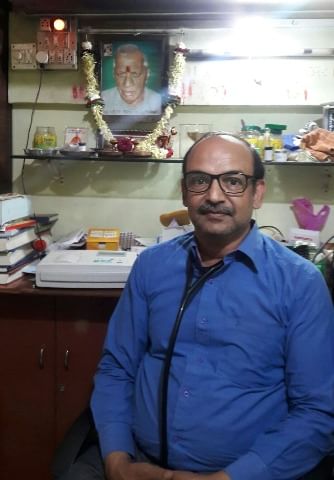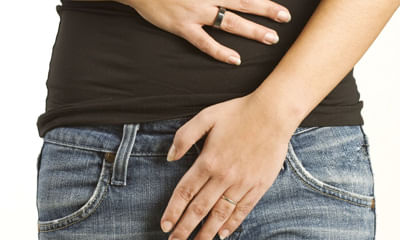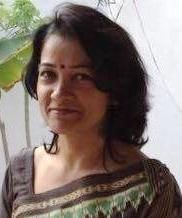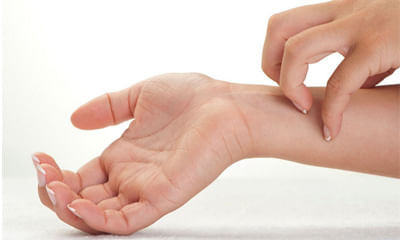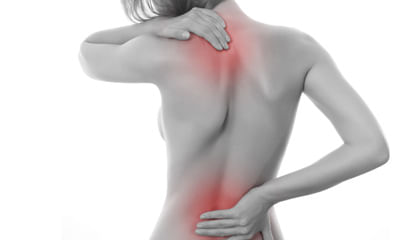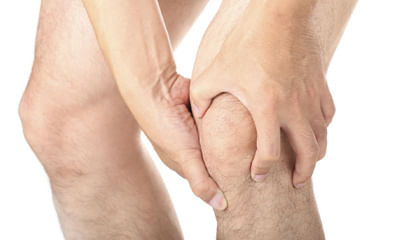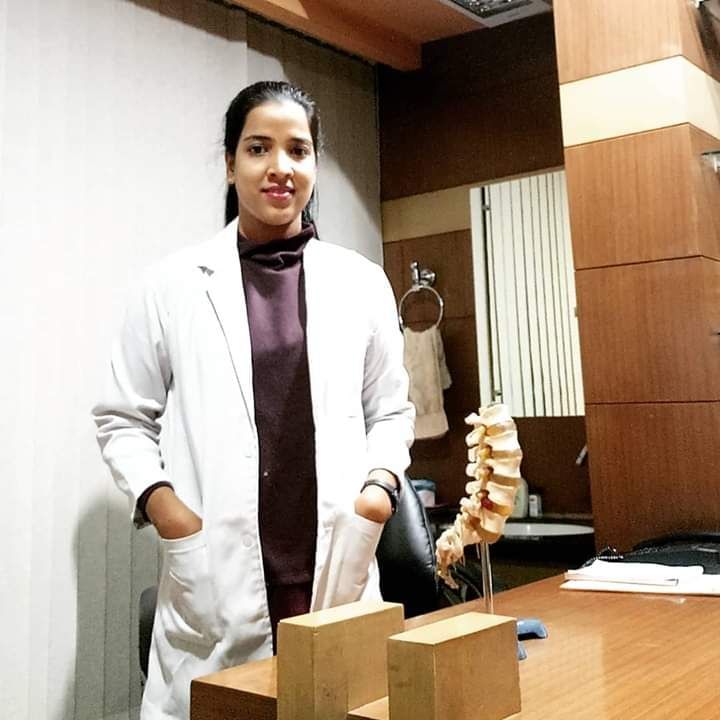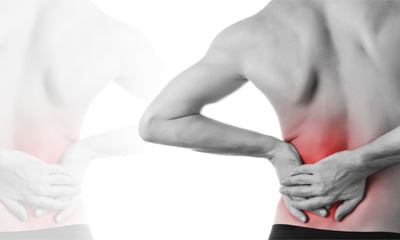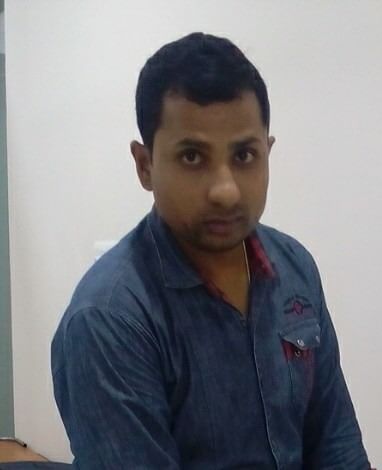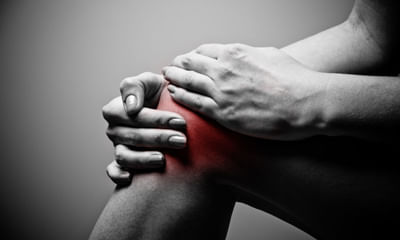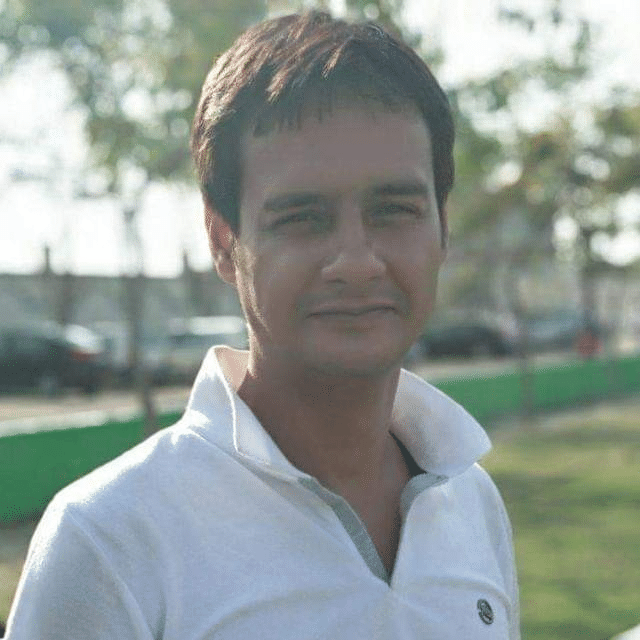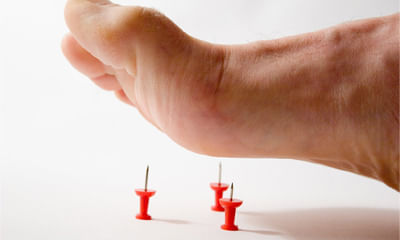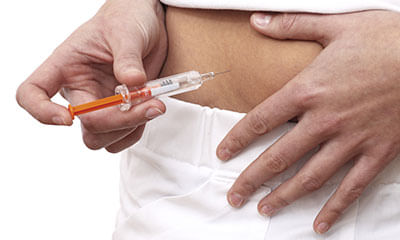Get the App
For Doctors
Login/Sign-up
About
Health Feed
Find Doctors
Health Packages
Bone marrow Image Health Feed
Asked for female, 24 years old from Chittoor
Share
Bookmark
Report
Asked for female, 67 years old from Panchkula
Share
Bookmark
Report
Asked for female, 42 years old from Hisar
Share
Bookmark
Report
It can be because of dermatitis/ eczema or allergy or dryness or fungal infection or psoaiasis etc. I need details of case n preferably pics of affected area. In the meanwhile follow this
moisturize frequently.
Avoid sudden changes in temperature or humidity.
Avoid sweating or overheating.
Reduce stress.
Avoid scratchy materials, such as wool directly in contact with skin.
Avoid harsh soaps, detergents, and solvents.
Be aware of any foods that may cause an outbreak an...more
moisturize frequently.
Avoid sudden changes in temperature or humidity.
Avoid sweating or overheating.
Reduce stress.
Avoid scratchy materials, such as wool directly in contact with skin.
Avoid harsh soaps, detergents, and solvents.
Be aware of any foods that may cause an outbreak an...more
14 people found this helpful
Health Query
Share
Bookmark
Report
Asked for male, 20 years old from new delhi
Share
Bookmark
Report
Health Query
Share
Bookmark
Report
Asked for male, 62 years old from Ahmedabad
Share
Bookmark
Report
The main subcortical limbic brain regions implicated in depression are the amygdala, hippocampus, and the dorsomedial thalamus. Both structural and functional abnormalities in these areas have been found in depression. But we have to look into the details of the problem. Let's have a detailed discussion to Ensure proper treatment.
19 people found this helpful
Asked for male, 25 years old from Kangra
Share
Bookmark
Report
Hello according to your report your posterior meniscus is tear. You have to need knee braces to maintain knee in extension.
Knee braces sote time v laga k hi sona.
While walking donot give full weight.
In physiotherapy session you take ultrasonic therapy for 12 mints on posteriorly of knee.
Ift therapy for 15 mints posteriorly knee.
In home you take ice or cold pack for 20 mints on back of knee.
Take rest for 4 weeks.
Because ligaments tear take 6-8 of healing time so...more
Knee braces sote time v laga k hi sona.
While walking donot give full weight.
In physiotherapy session you take ultrasonic therapy for 12 mints on posteriorly of knee.
Ift therapy for 15 mints posteriorly knee.
In home you take ice or cold pack for 20 mints on back of knee.
Take rest for 4 weeks.
Because ligaments tear take 6-8 of healing time so...more
Asked for Male, 53 years old from Moga
Share
Bookmark
Report
Health Query
Share
Bookmark
Report
Book appointment with top doctors for Bone marrow Image treatment
View fees, clinic timings and reviews
Ask a free question
Get FREE multiple opinions from Doctors
posted anonymously



